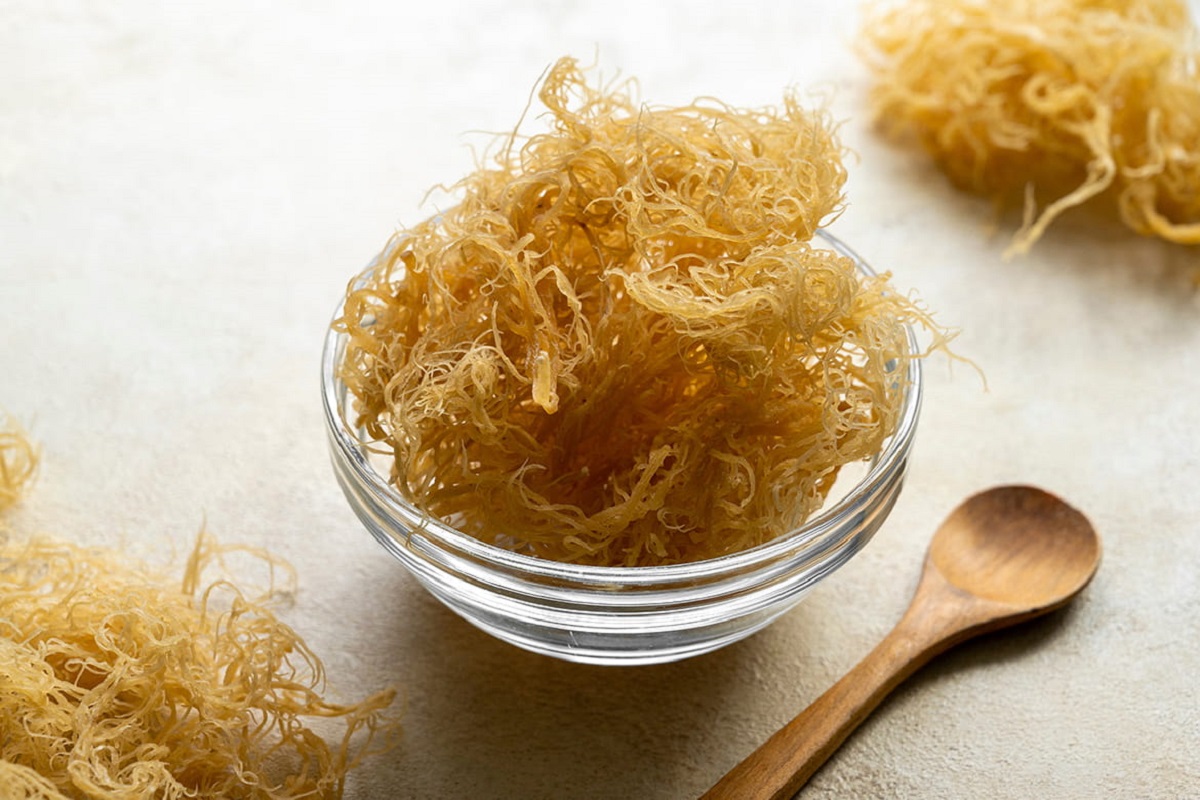

Articles
How To Store Sea Moss
Modified: August 27, 2024
Discover the best practices for storing sea moss in this informative article. Learn how to properly store and preserve sea moss for maximum freshness and nutritional benefits.
(Many of the links in this article redirect to a specific reviewed product. Your purchase of these products through affiliate links helps to generate commission for Storables.com, at no extra cost. Learn more)
Introduction
Sea moss, scientifically known as Chondrus crispus, is a type of seaweed that has gained widespread popularity due to its numerous health benefits. This versatile plant is rich in essential minerals, vitamins, and antioxidants, making it a valuable addition to any diet. However, if you want to reap the full benefits of sea moss, it is crucial to store it properly to maintain its freshness and potency.
In this article, we will explore the various methods of storing sea moss to ensure its quality and longevity. Whether you have harvested fresh sea moss from the ocean or purchased dried sea moss, the right storage techniques will help you preserve its nutritional value and enjoy its many benefits for months to come.
Key Takeaways:
- Properly storing sea moss is crucial for maintaining its freshness and nutritional benefits. Methods such as refrigeration, freezing, and dehydrating offer versatile options for long-term preservation.
- Sea moss gel provides a convenient and flexible way to store and incorporate sea moss into daily routines. Proper cleaning, storage containers, and refrigeration ensure freshness and usability.
Read more: How To Store Moss
Benefits of Sea Moss
Sea moss is often referred to as a “superfood” due to its impressive nutritional profile. Here are some of the key benefits of incorporating sea moss into your diet:
- Rich in essential minerals: Sea moss contains a wide range of minerals, including iodine, iron, calcium, potassium, zinc, and magnesium. These minerals are essential for maintaining proper bodily functions and promoting overall health.
- Boosts immune system: Sea moss is packed with vitamins like vitamin C, which helps strengthen the immune system and ward off infections and illnesses.
- Gut health support: Sea moss is a prebiotic, meaning it provides nourishment for the beneficial bacteria in your gut. This promotes a healthy gut microbiome, supports digestion, and enhances nutrient absorption.
- Improves thyroid function: Sea moss is a natural source of iodine, a mineral necessary for the proper functioning of the thyroid gland. Adequate iodine levels in the body are crucial for hormone regulation and metabolism.
- Healthy skin and hair: Sea moss is often used in skincare products due to its high mineral content and collagen-building properties. It can help improve skin elasticity, promote hair growth, and maintain a youthful appearance.
- Supports weight management: The high fiber content in sea moss can promote feelings of fullness and aid in weight management. It can also support healthy digestion and prevent constipation.
These are just a few of the many benefits that sea moss has to offer. Its versatile nature and nutritional value make it a valuable addition to any diet.
Harvesting and Cleaning Sea Moss
Harvesting sea moss can be a rewarding experience, as it allows you to obtain fresh and organic seaweed from the ocean. Here are the steps to properly harvest and clean sea moss:
- Identify the right species: There are various species of sea moss, but the most commonly harvested one is Chondrus crispus. Make sure to correctly identify the species before proceeding with the harvest.
- Choose a clean location: Look for areas free from pollution and contaminants. Avoid harvesting sea moss from areas near industrial sites, harbors, or polluted waters.
- Harvest when the tides are low: Sea moss is best harvested during low tide when it is exposed and easier to access. Be careful not to damage the sea moss plants and only take what you need, allowing the remaining plants to continue growing.
- Rinse off debris: Once you have collected the sea moss, rinse it thoroughly with clean water to remove any sand, shells, or other debris that may be attached to it.
- Soak and clean: Place the sea moss in a bowl of clean water and let it soak for 15-20 minutes. This helps to soften the seaweed and facilitates the removal of any remaining debris or impurities.
- Inspect and cut: After soaking, carefully inspect the sea moss for any damaged or discolored parts. Cut away any portions that are not fresh and vibrant.
- Repeat the cleaning process: If necessary, repeat the soaking and cleaning process until the sea moss is clean and free from any debris or impurities.
Properly harvesting and cleaning sea moss ensures that you obtain a high-quality product with optimal freshness and purity. Follow these steps to prepare the sea moss for storage or further processing.
Different Ways of Storing Sea Moss
Storing sea moss properly is essential to maintain its freshness, nutritional value, and usability. Here are some of the different methods you can use to store sea moss:
- Refrigeration: One of the most common methods of storing sea moss is in the refrigerator. After cleaning and drying the sea moss, place it in an airtight container or a resealable bag. Ensure that the container is clean and dry to prevent condensation, which can lead to mold growth. Store the sea moss in the refrigerator, where it can stay fresh for up to 2-3 weeks.
- Freezing: Freezing sea moss is a great option if you want to extend its shelf life even further. After cleaning and drying the sea moss, cut it into smaller pieces or blend it into a gel consistency. Place the sea moss in an airtight container or ice cube trays and store it in the freezer. Frozen sea moss can last for several months, maintaining its nutritional value and freshness.
- Dehydrating and Powdering: Dehydrating sea moss is an effective method of long-term storage. After cleaning and drying the sea moss, spread it out in a thin layer on a drying rack or dehydrator tray. Allow it to dry completely at a low temperature, preferably around 95°F (35°C). Once dried, grind the sea moss into a fine powder using a blender or a coffee grinder. Store the powdered sea moss in an airtight container in a cool, dry place, away from direct sunlight.
- Sea Moss Gel: Making sea moss gel is another popular method of storing and using sea moss. After cleaning and drying the sea moss, blend it with fresh water until it reaches a smooth, gel-like consistency. Transfer the gel into a glass jar with a tightly sealed lid and store it in the refrigerator. Sea moss gel can stay fresh for up to 2-3 weeks and can be used in various recipes like smoothies, sauces, and desserts.
The method you choose to store sea moss depends on your preference and intended use. Consider factors such as convenience, shelf life, and the desired form in which you want to use sea moss when deciding on the storage method.
Storing Sea Moss in the Refrigerator
Storing sea moss in the refrigerator is a common and convenient method to keep it fresh and ready for use. Follow these steps to properly store sea moss in the refrigerator:
- Clean and dry the sea moss: Before storing sea moss, ensure that it is thoroughly cleaned and dried. Remove any debris or impurities, and pat dry the sea moss with a clean towel or paper towels. Excess moisture can lead to mold growth, so it’s important to dry the sea moss properly.
- Choose a suitable container: Select an airtight container or a resealable bag to store your sea moss in the refrigerator. Make sure the container is clean and free from any moisture to prevent spoilage.
- Place the sea moss inside the container: Put the cleaned and dried sea moss into the container. If the sea moss is in larger pieces, you can break it into smaller chunks or keep it as is, depending on your preference.
- Seal the container: Ensure that the container is tightly sealed to prevent any moisture or air from entering. This will help maintain the freshness and quality of the sea moss.
- Store in the refrigerator: Place the container of sea moss in the refrigerator, ideally towards the back where the temperature is most consistent. Avoid storing it in the door or near items that produce heat, as this can affect the quality and shelf life of the sea moss.
- Check for freshness: Periodically check the sea moss stored in the refrigerator to ensure it remains fresh. Discard any sea moss that shows signs of spoilage, such as a foul odor, sliminess, or unusual discoloration.
By following these steps, you can store sea moss in the refrigerator for up to 2-3 weeks. This method allows you to have easy access to your sea moss and maintain its nutritional benefits for an extended period.
Store sea moss in an airtight container in a cool, dry place away from direct sunlight. This will help preserve its freshness and nutritional properties for longer.
Read more: How To Store Peat Moss
Freezing Sea Moss
Freezing sea moss is an excellent method to extend its shelf life and preserve its nutritional value. Follow these steps to properly freeze sea moss:
- Clean and dry the sea moss: Begin by thoroughly cleaning and drying the sea moss. Remove any debris or impurities and pat it dry with a clean towel or paper towels. Excess moisture can lead to freezer burn, so ensure the sea moss is completely dry.
- Cut or blend the sea moss: Depending on your preference, you can either cut the sea moss into smaller pieces or blend it into a gel-like consistency. Cutting it into smaller pieces allows for easy portioning, while blending it makes it convenient for adding to recipes.
- Select suitable storage containers: Choose airtight containers or freezer-safe bags for storing the sea moss. Ensure the containers are clean and dry to maintain the quality of the sea moss during freezing.
- Portion and pack the sea moss: Place the cut or blended sea moss into the containers, leaving some headspace for expansion. If using bags, squeeze out any excess air before sealing to prevent freezer burn.
- Label and date the containers: It’s important to label the containers with the date of freezing. This allows you to keep track of its freshness and ensures you use the oldest sea moss first.
- Freeze the sea moss: Put the containers in the freezer, preferably in a spot where they won’t be disturbed. Freezing sea moss helps retain its nutritional value and can extend its shelf life for several months.
- Thawing and using frozen sea moss: When you’re ready to use the frozen sea moss, remove the desired portion from the freezer and thaw it in the refrigerator overnight. Once thawed, the sea moss can be added to your recipes, such as smoothies, soups, or sauces.
By following these steps, you can freeze sea moss and enjoy its benefits for an extended period. Freezing is a convenient option if you want to stock up on sea moss or if you don’t plan to use it all at once.
Dehydrating and Powdering Sea Moss
Dehydrating sea moss is an effective method to store it for an extended period while preserving its nutritional value. Follow these steps to properly dehydrate and powder sea moss:
- Clean and dry the sea moss: Begin by cleaning the sea moss thoroughly and removing any debris or impurities. After rinsing, pat it dry with a clean towel or paper towels. It’s important to ensure the sea moss is completely dry before dehydrating.
- Prepare a dehydrator or oven: If using a dehydrator, set it to a low temperature, around 95°F (35°C). If using an oven, set it to the lowest temperature possible, ideally around 140°F (60°C). Preheating the oven is not necessary for this method.
- Spread the sea moss: Place the cleaned and dried sea moss in a single layer on a dehydrator tray or a parchment-lined baking sheet. Ensure that the pieces are evenly spread out, without overlapping.
- Dehydrate the sea moss: Put the trays or baking sheets into the dehydrator or oven and let the sea moss dry for several hours. The drying time may vary, but it usually takes around 10-12 hours in a dehydrator or 6-8 hours in an oven. Keep an eye on the sea moss to prevent over-drying, as it should be crispy but not burnt.
- Grind into a powder: Once the sea moss is completely dehydrated and cooled, transfer it to a blender or a coffee grinder. Grind it until it reaches a fine powder consistency. Ensure that the powdered sea moss is uniform in texture.
- Store in an airtight container: Transfer the powdered sea moss into an airtight container, preferably a glass jar with a tight-fitting lid. Place the container in a cool, dry place, away from direct sunlight.
- Using powdered sea moss: Incorporate the powdered sea moss into your recipes by adding it to smoothies, desserts, sauces, or soups. The powder can also be used as a nutritional supplement by mixing it with water or juice.
Dehydrating and powdering sea moss provides a convenient way to store and use it in various forms. The powdered sea moss can be easily incorporated into your daily diet to enjoy its nutritional benefits.
Using Sea Moss Gel for Storage
Sea moss gel is a popular method of storing sea moss that offers convenience and versatility. Follow these steps to create and use sea moss gel for storage:
- Clean and soak the sea moss: Begin by thoroughly cleaning the sea moss to remove any debris. Rinse it under cold water until it’s clean. Then, place the sea moss in a bowl and cover it with filtered water. Allow it to soak for 4-6 hours or overnight.
- Blend the sea moss: After soaking, drain the sea moss and transfer it to a blender. Add fresh filtered water to achieve the desired consistency. Blend until the sea moss becomes a smooth gel-like texture.
- Store in a glass jar: Pour the sea moss gel into a clean glass jar with a tight-fitting lid. Make sure the jar is properly sanitized to prevent the growth of bacteria. Leave some headspace at the top of the jar, as the gel may expand slightly during storage.
- Refrigerate the sea moss gel: Place the sealed jar of sea moss gel in the refrigerator. The gel can stay fresh for up to 2-3 weeks when properly stored in the refrigerator.
- Using sea moss gel: The sea moss gel can be used as a base for various recipes. Add it to smoothies, sauces, desserts, or use it as a thickening agent in soups and stews. The gel can also be consumed alone by taking a spoonful daily for its nutritional benefits.
- Check for freshness: Periodically check the sea moss gel for any signs of spoilage, such as a foul odor or unusual discoloration. If you notice any changes, discard the gel immediately.
Sea moss gel offers a convenient way to store sea moss while maintaining its freshness and nutritional properties. Use the gel as a versatile ingredient in your culinary creations or as a daily supplement for a boost of nutrients.
Tips for Properly Storing Sea Moss
Properly storing sea moss is crucial to maintain its freshness, quality, and nutritional benefits. Here are some tips to ensure you store sea moss effectively:
- Clean and dry thoroughly: Before storing sea moss, make sure it is cleaned and dried properly. Remove any debris or impurities, and pat it dry with a clean towel or paper towels. Excess moisture can lead to spoilage.
- Choose the right storage container: Select airtight containers or resealable bags for storing sea moss. Make sure the containers are clean, dry, and free from any moisture or contaminants.
- Avoid exposure to sunlight: Sea moss should be stored in a cool, dark place away from direct sunlight. Sunlight can degrade its quality and nutritional content.
- Label and date containers: It’s essential to label the containers with the date of storage. This helps you keep track of the sea moss’s freshness and ensures you use the oldest stock first.
- Store in optimal conditions: Sea moss is best stored in a cool, dry environment with a temperature range of 32-50°F (0-10°C). Avoid storing it in humid areas, as moisture can lead to mold growth.
- Avoid cross-contamination: Keep sea moss separate from other food items to prevent cross-contamination. Store it on its own shelf or in a dedicated section of the refrigerator or freezer.
- Regularly check for spoilage: Periodically inspect the stored sea moss for any signs of spoilage, such as a foul odor, sliminess, or unusual discoloration. Discard any sea moss that shows these signs.
- Use proper portioning: If you plan to use sea moss in small quantities, consider portioning it before storing. This way, you can easily retrieve the desired amount without exposing the entire supply to air and moisture.
- Follow recommended storage method: Choose the storage method that best suits your needs, such as refrigeration, freezing, dehydrating, or using sea moss gel. Each method has its own advantages and shelf life, so choose accordingly.
By following these tips, you can ensure that your sea moss stays fresh, safe, and nutritionally potent for a longer period. Proper storage is necessary to reap the full benefits of this remarkable seaweed.
Read more: How To Store Sphagnum Moss
Conclusion
Sea moss is a nutrient-rich superfood with numerous health benefits, and proper storage is key to maintaining its freshness, potency, and usability. Whether you have harvested fresh sea moss or purchased dried sea moss, following the right storage techniques will help you preserve its nutritional value and extend its shelf life.
There are various ways to store sea moss, depending on your preference and intended use. Refrigeration is a common method that offers convenience and keeps sea moss fresh for a few weeks. Freezing sea moss is ideal for long-term storage, allowing you to preserve it for several months while retaining its nutrients. Dehydrating and powdering sea moss provides a versatile and longer-lasting option, as the powder can be used in a variety of recipes or as a nutritional supplement. Using sea moss gel is another popular technique that offers convenience and flexibility in incorporating sea moss into your daily routine.
When storing sea moss, it is important to clean and dry it thoroughly before placing it in clean, airtight containers or resealable bags. Avoid exposure to sunlight and store sea moss in a cool, dry place. Label and date the containers for easy tracking and use proper portioning to minimize exposure to air and moisture. Regularly check the sea moss for any signs of spoilage and discard any that show signs of degradation.
By implementing these storage methods and tips, you can enjoy the benefits of sea moss for an extended period. Whether you use it in smoothies, sauces, desserts, or consume it as a nutritional supplement, properly stored sea moss will retain its nutritional value and enhance your overall health and well-being.
Remember to choose the storage method that best suits your needs and preferences, and always follow proper hygiene practices when handling and storing sea moss. With proper storage, you can make the most of this remarkable seaweed and incorporate it into your healthy lifestyle.
Frequently Asked Questions about How To Store Sea Moss
Was this page helpful?
At Storables.com, we guarantee accurate and reliable information. Our content, validated by Expert Board Contributors, is crafted following stringent Editorial Policies. We're committed to providing you with well-researched, expert-backed insights for all your informational needs.
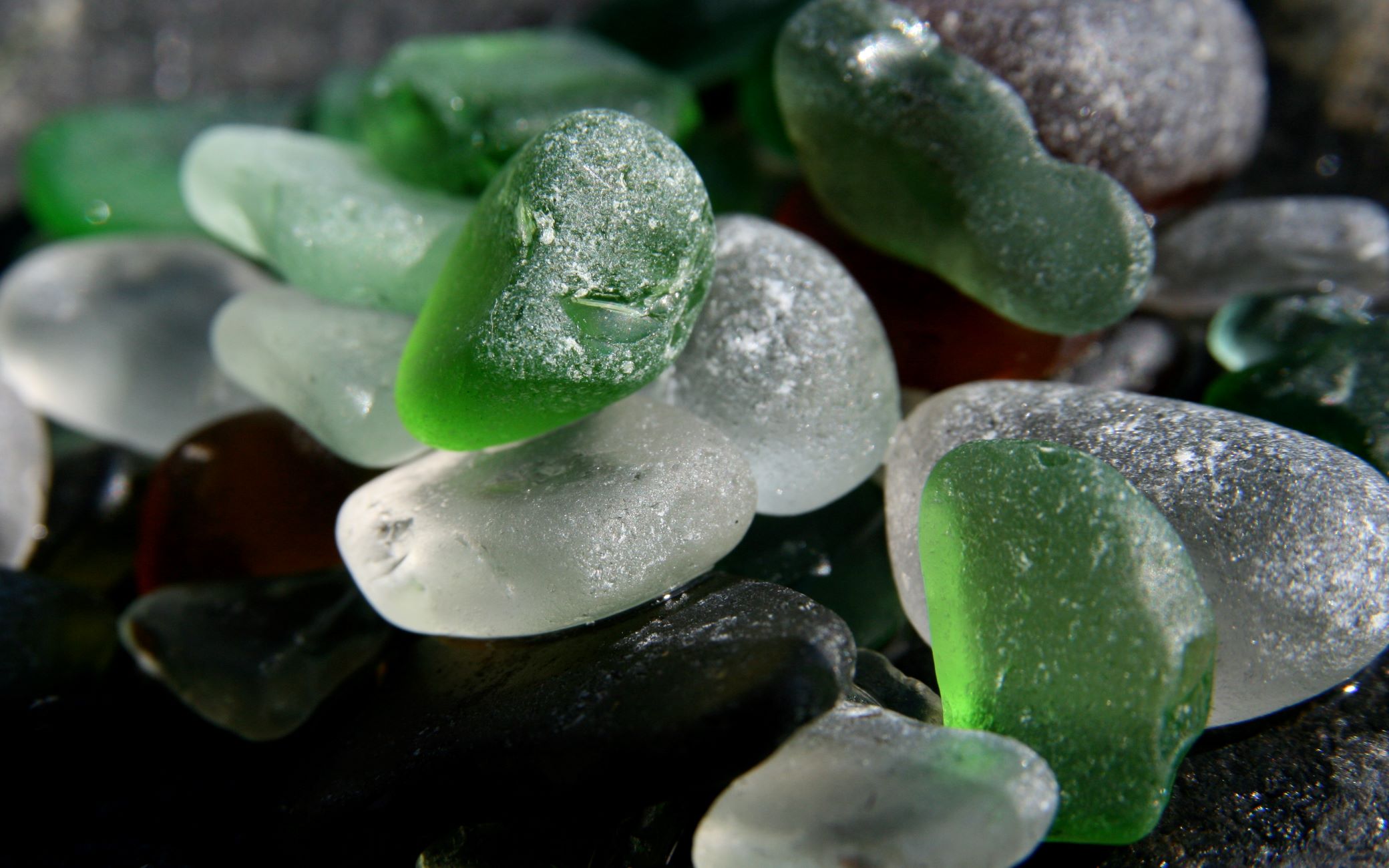
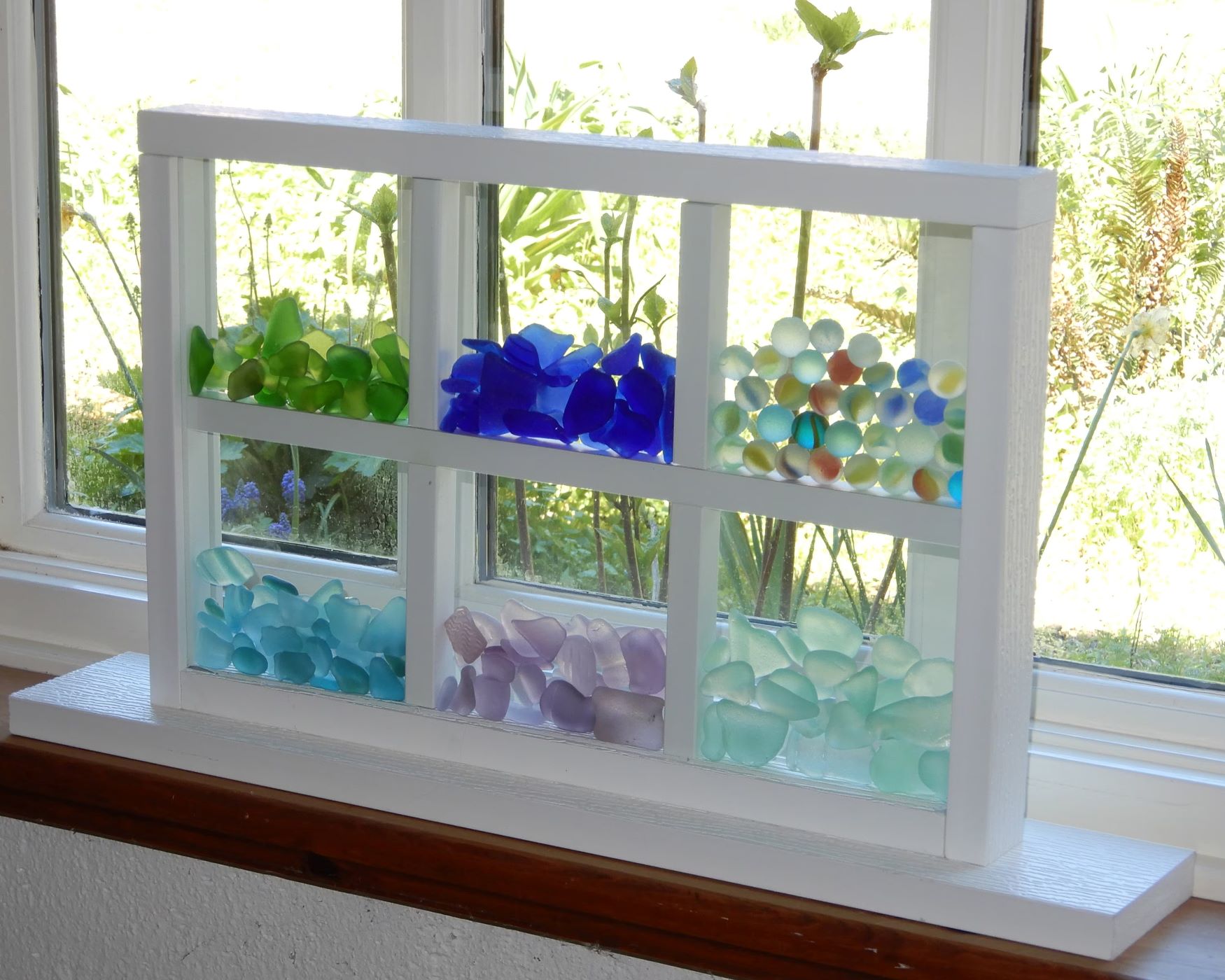

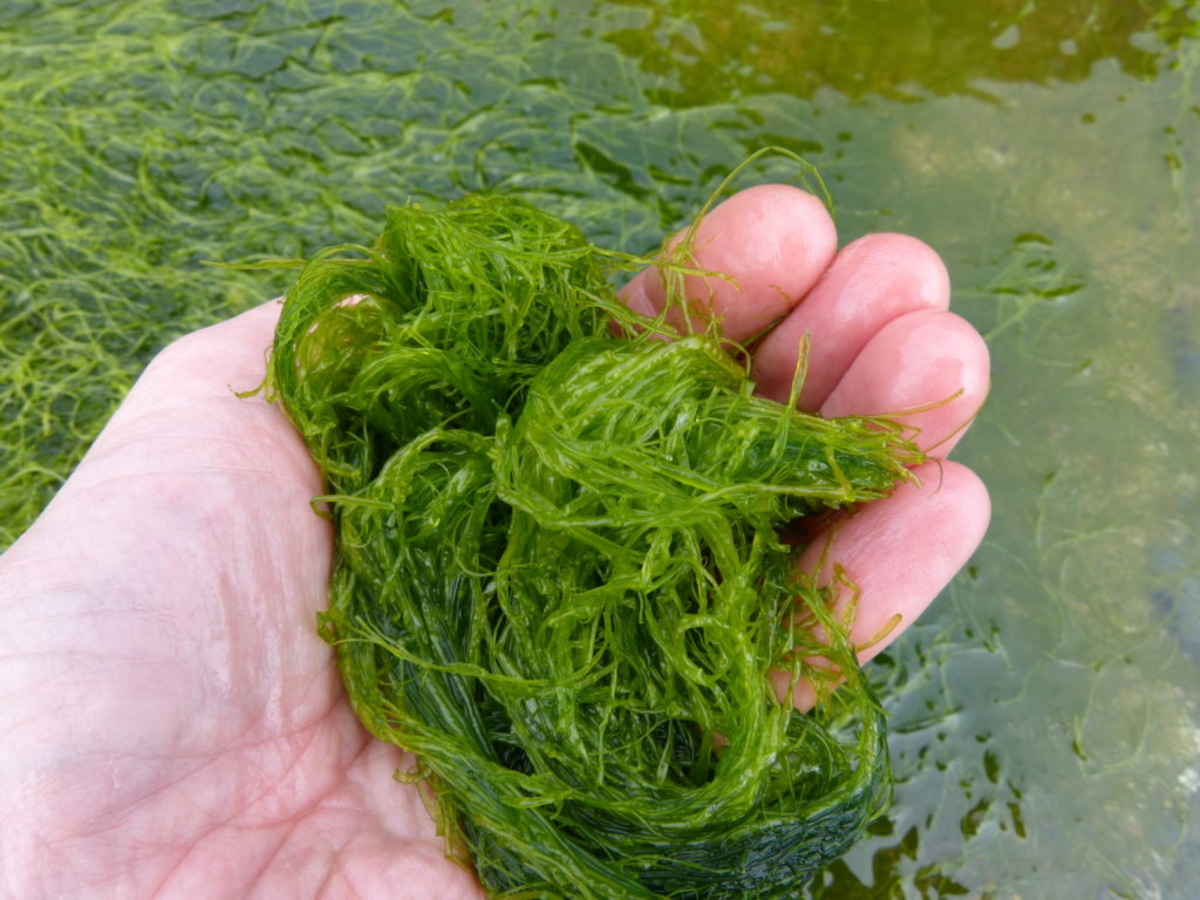
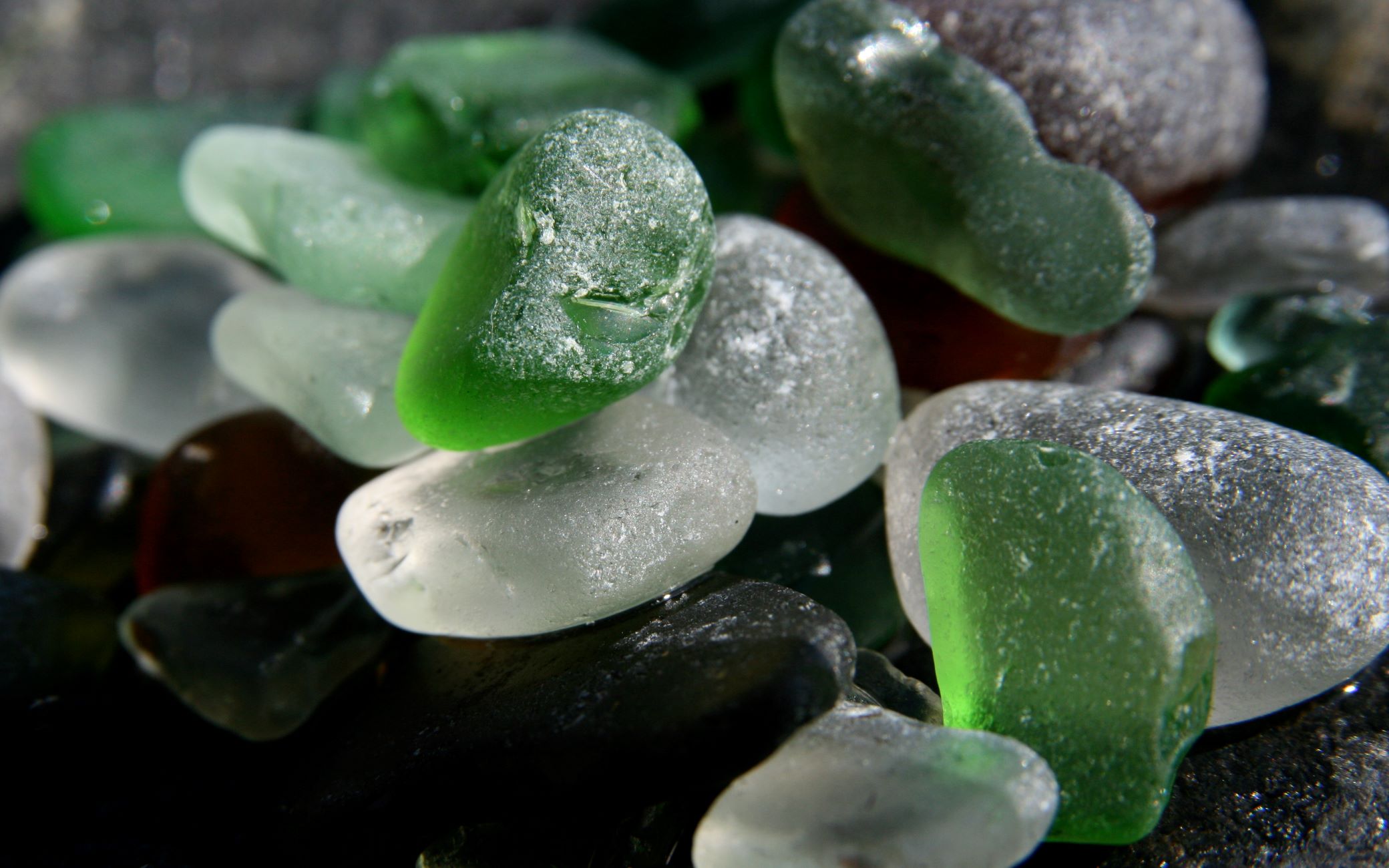
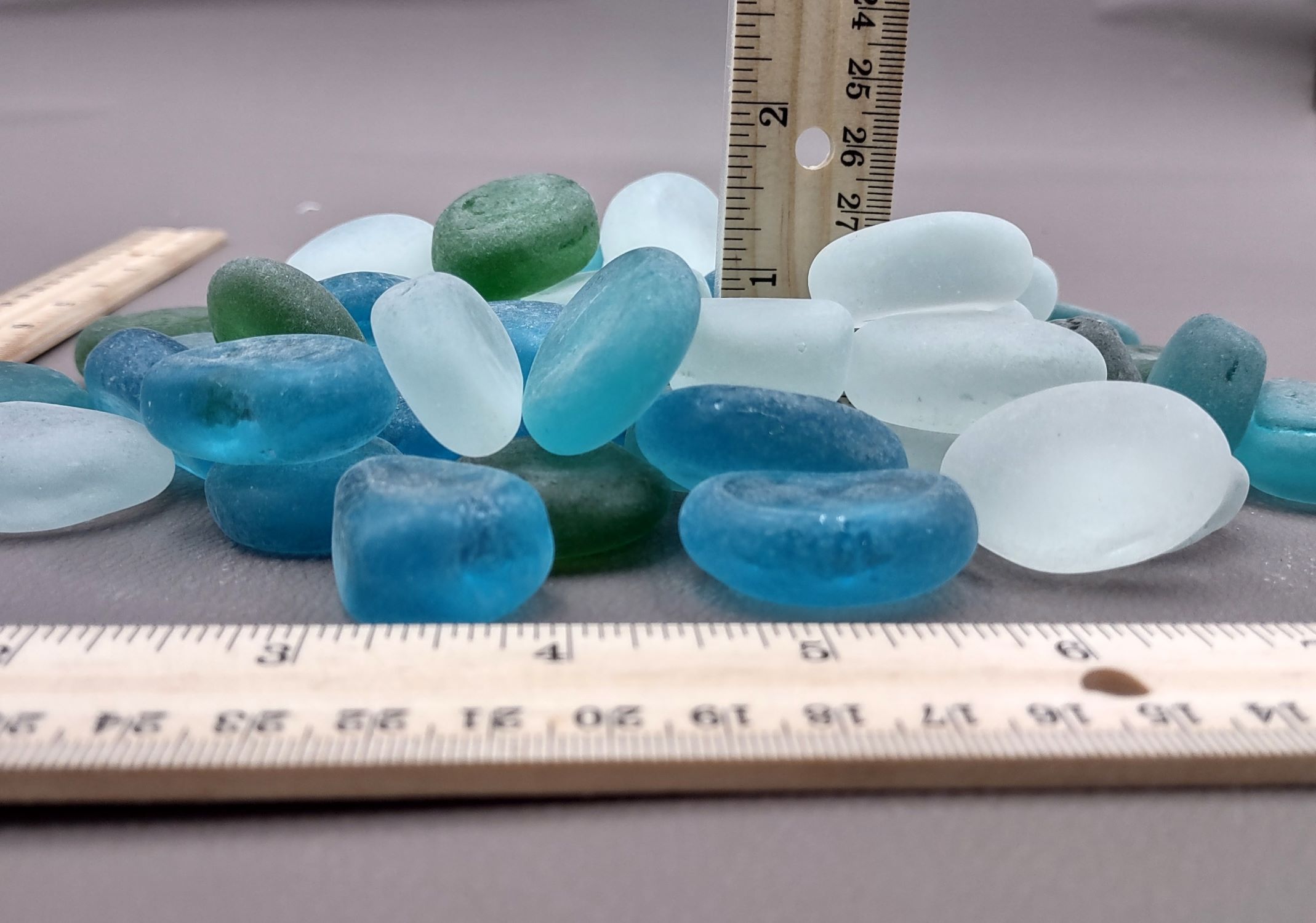


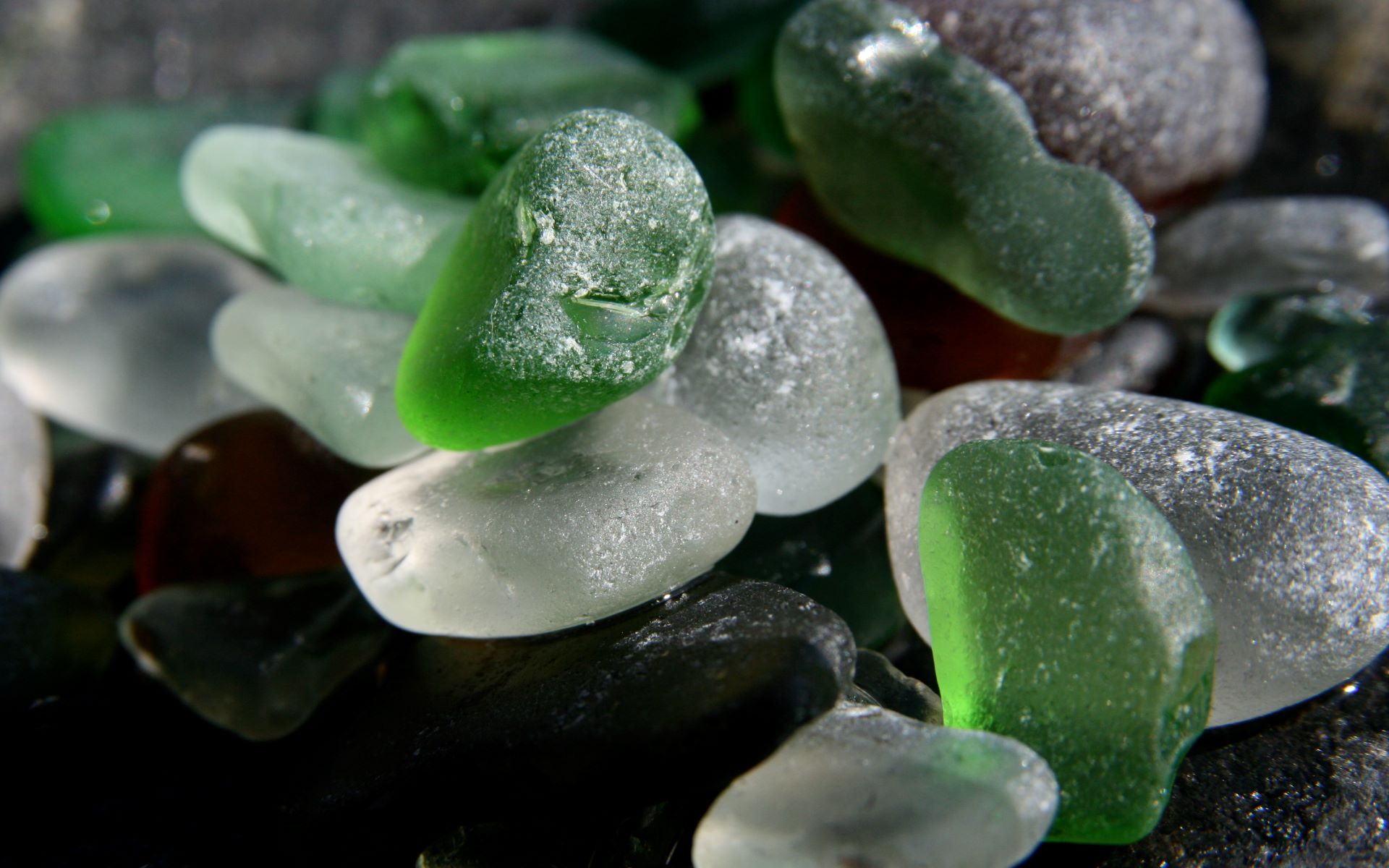

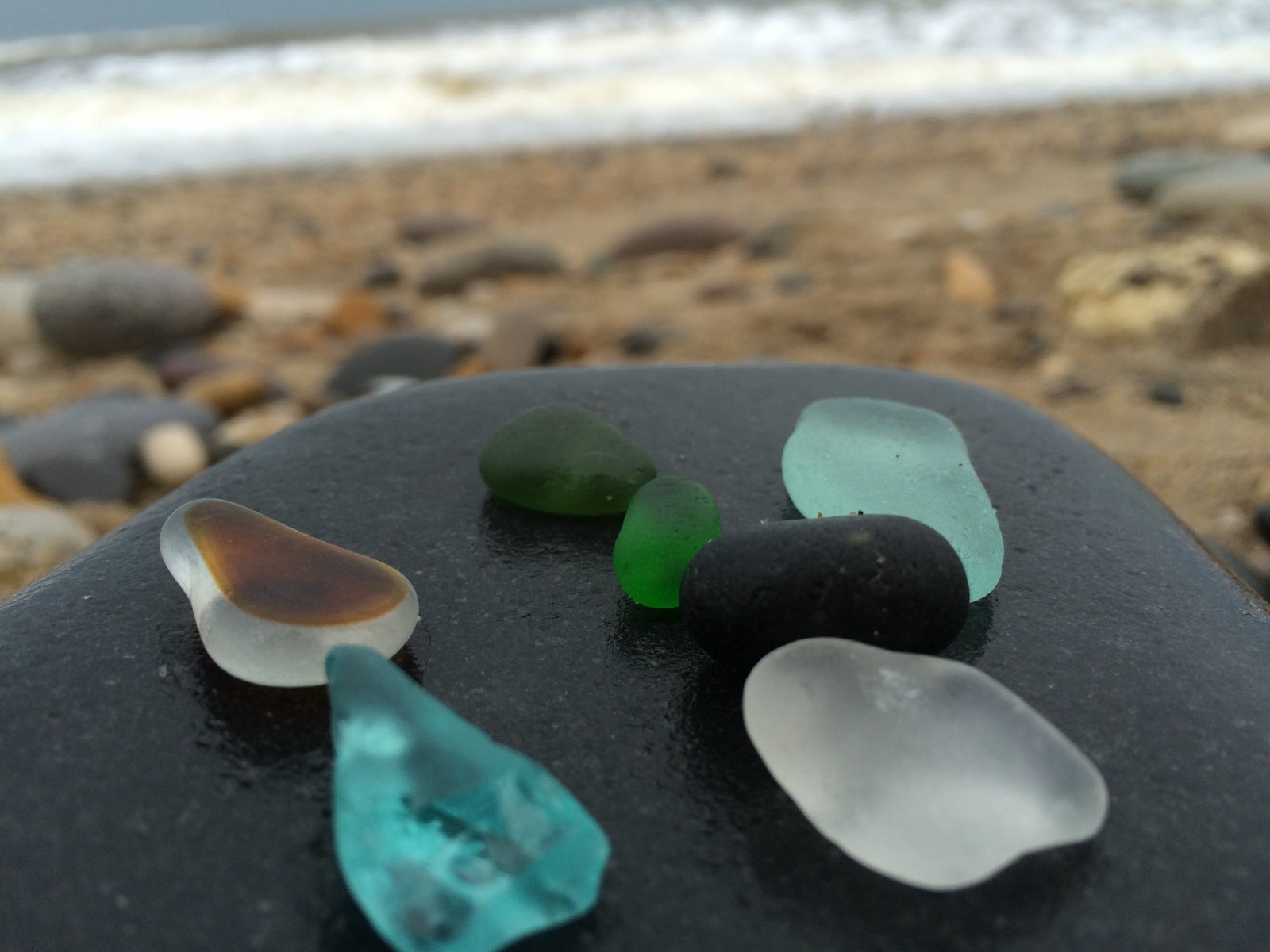
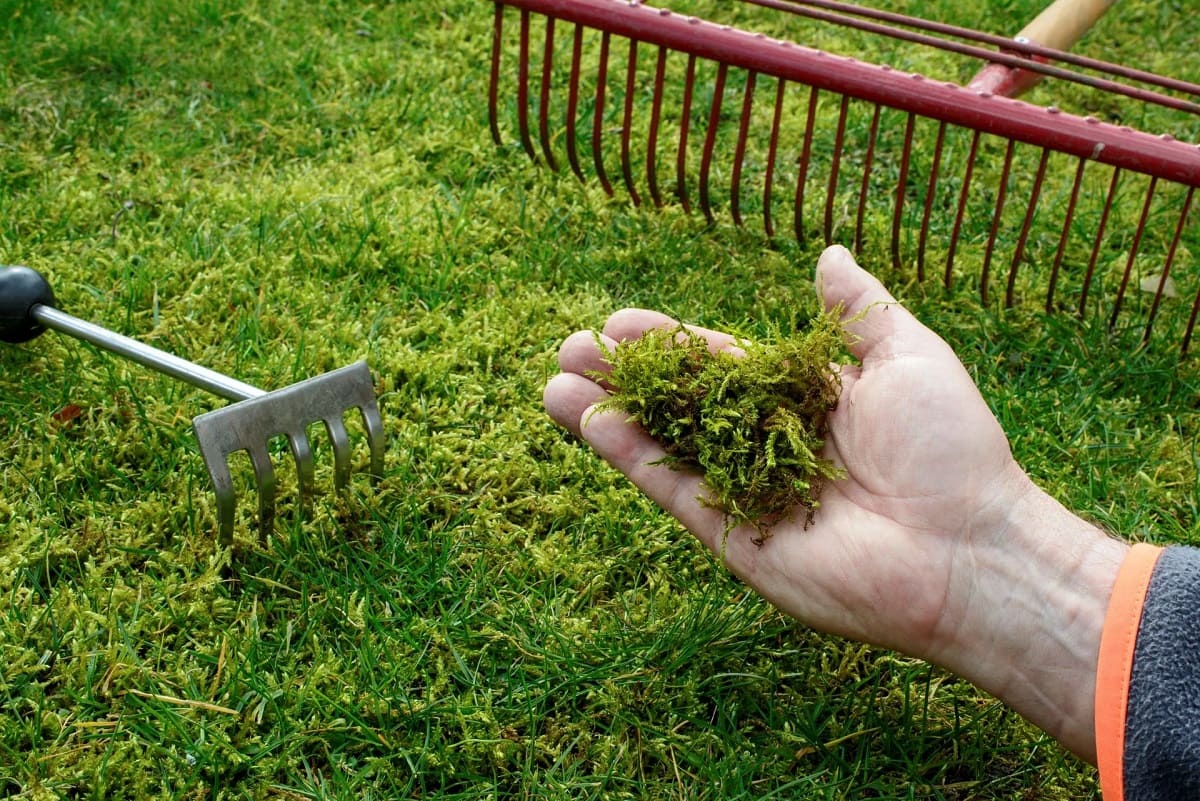
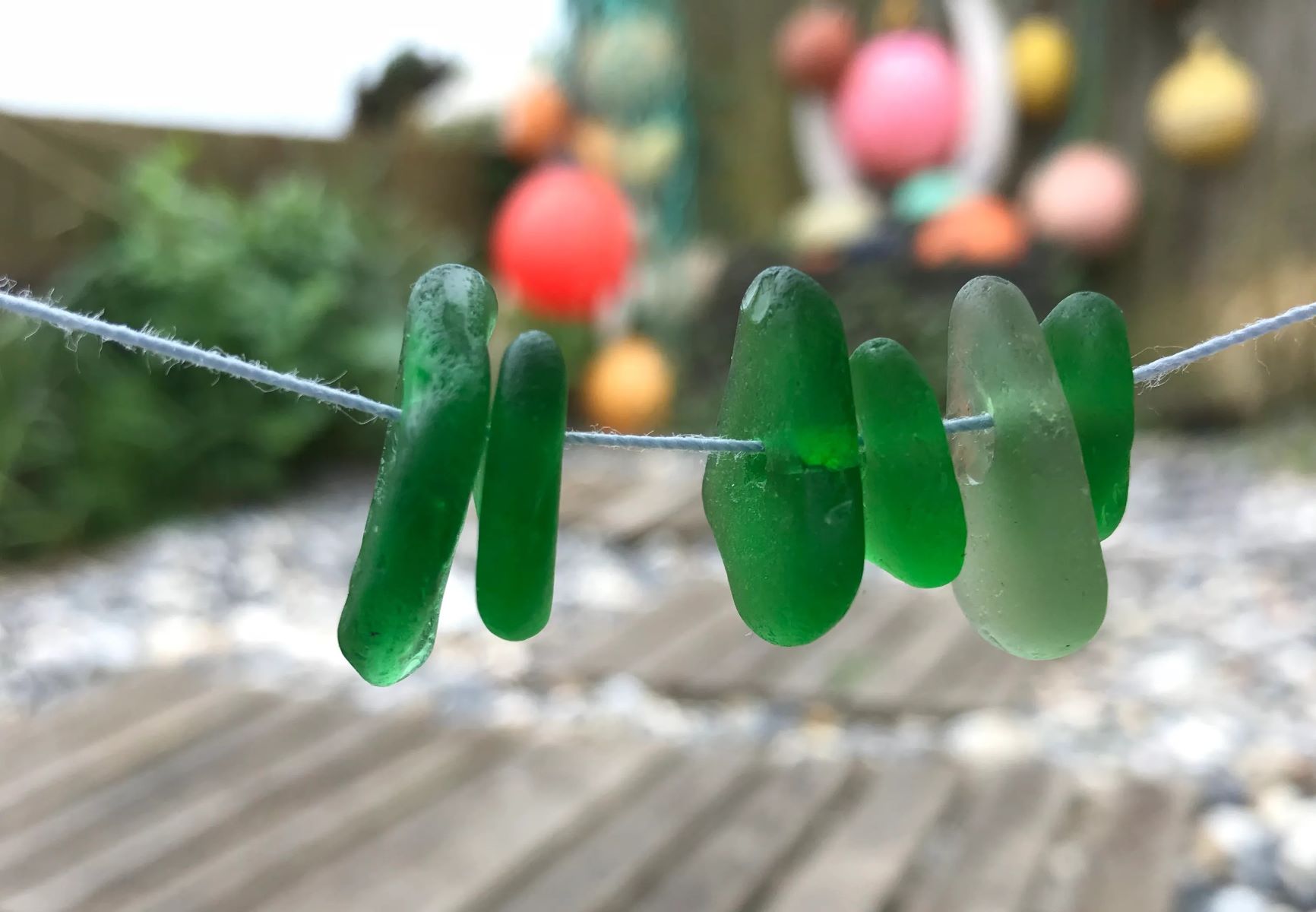

0 thoughts on “How To Store Sea Moss”